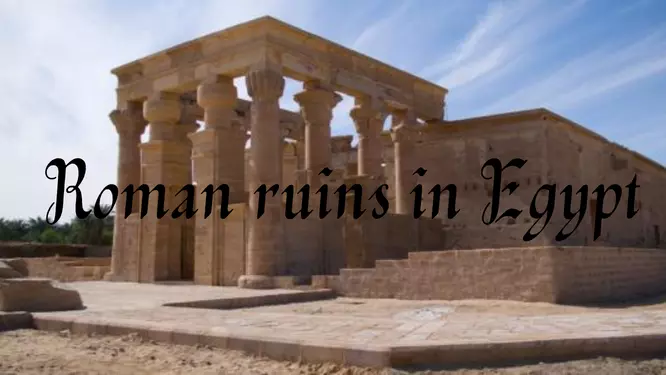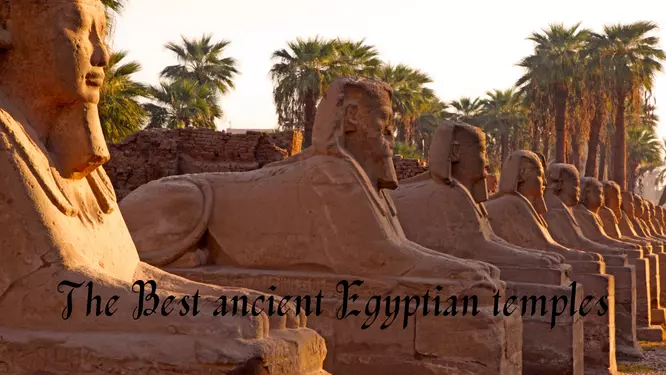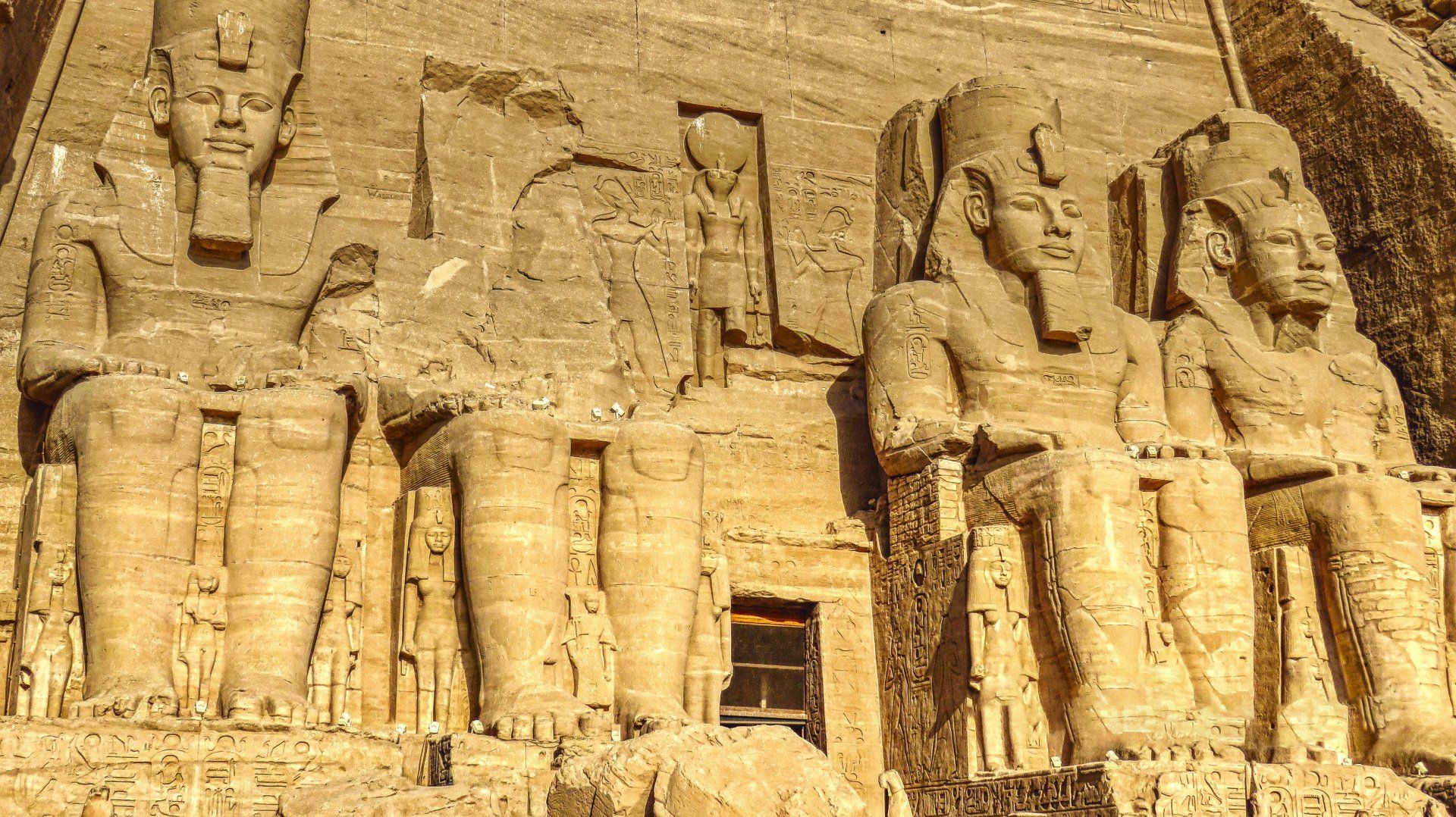She was given the title "Pharaoh". What is the story of Queen Hatshepsut in Egypt?
With the unique character that distinguishes it from all parts of the world, Luxor is not without monuments that highlight the greatness of the ancient Egyptians thousands of years BC, making it one of the most important tourist attractions in Egypt.
On the West Bank in Luxor, Queen Hatshepsut, "who got the title of pharaoh, raised a wonderful sanctuary to honor her at Deir el-Bahari," as per the site of the Ministry of Tourism and Antiquities.
Who is Queen Hatshepsut?

Hatshepsut is the fifth lord of the antiquated Egyptian eighteenth administration, and Egyptologists think of her as one of the best and strong rulers of the old Egyptians. Or on the other hand the mistress of Amon, the gem of the princesses.
Hatshepsut, whose name implies in the Pharaonic language "the most recognized of ladies", is the main Egyptian sovereign who administered Egypt in stable political and monetary circumstances, during the brilliant age, or at least, the period somewhere in the range of 1473 and 1458 BC, "as opposed to the past sovereigns who were violent A fundamental component during their climb to the lofty position," he said on the Egyptian State Information Service's site.
As per the site of the Egyptian State Information Service, Hatshepsut was "the oldest little girl of the pharaoh of Egypt, King Tuthmosis I, who had an ill-conceived child and was a young fellow, Tuthmosis II.
After the passing of Thutmose II, Queen Hatshepsut proclaimed herself the watchman of the lofty position of her child, Tuthmosis II, that is to say, Thutmose III. After two years, she guaranteed the privileged position for herself, as indicated by the site of the Egyptian State Information Service.
The plan of the Temple of Queen Hatshepsut is recognized by its virtuoso style, as it appears to the watcher that it is a sanctuary in the arms of a mountain.
It is important that the fashioner of the sanctuary, the designer Senmut, consumed the personalities of archeologists until our time, not just for his virtuoso in development and engineering and his supposition of a few positions yet in addition through his cozy relationship with Queen Hatshepsut, which a few archeologists credited to major areas of strength for a relationship that emerged between serious areas of strength for the and an individual from the ordinary citizens.
On the walls of the sanctuary, the subtleties of Hatshepsut's life, how she turned into the genuine sovereign of the country, the occasions of the missions she drove, and "the legend of her hallowed birth and her sonship to the god Amun" were recorded, as per the site of the Ministry of Tourism and Antiquities.


















